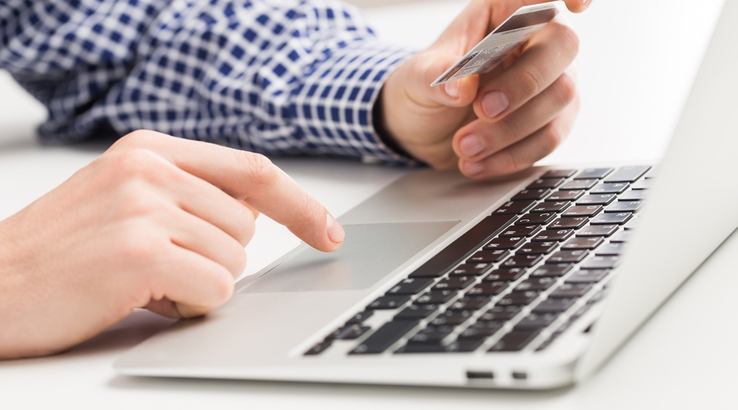As we progress onward with our increasingly digitized lifestyles, the technology that is available to us has a transformative effect on consumer money management. As little as two decades ago, those traditional banking methods, using fiat currencies, were primarily the ways in which consumers could send and receive money and pay for goods and services. International transfers were subject to high transaction fees while BACS and CHAPS payments could often take several working days before clearing in a recipient’s account.
The digital revolution changed all that, and the introduction of PayPal gave rise to several different e-payment methods. Nowadays, you can use e-money accounts to pay for everything from sending money abroad to buying coffee, all while keeping your important financial details safe and secure.
PayPal
PayPal is one of the most established and globally popular online payment processing platforms in existence. It was arguably the first reputable online payment platform to enable anyone to send money anywhere in the world, using only a secure internet connection, and its simplicity still makes it a number one choice with plenty of consumers and merchants across the globe to this day.
PayPal works by linking to an existing bank account (using a debit card or bank account details) or credit card. When you make online purchases, instead of having to enter your card details and risk the associated drawbacks of this, you can choose to pay using PayPal (all PayPal accounts are secure, using encrypted software and technology). Anyone with a PayPal account can send money to another PayPal account by entering their email address, and there are also different tiers of business accounts for merchants.
Although PayPal is not an online bank account but more of a “technology enabler that can give people access to financial services,” it can act in a similar way to a bank account by storing currency. You can add to your PayPal balance at any time with your debit or credit card or send money straight from your bank account and choose to pay from this balance, instead of debiting your card. When you receive money, it’s electronically added to your balance, and you can transfer it to an associated account. According to the platform’s website, thousands of merchants (online and offline) accept PayPal as a payment method, but one of its strongest advantages that keeps it in high usage is that you can send money in any currency to an existing PayPal account and not pay additional transaction fees.
eWallets
eWallets (or digital wallets as they are otherwise known) are often referred to in the same category as PayPal. However, the two entities are quite different. In simplistic terms, an eWallet acts in much the same way as a physical wallet or purse does, as you load it up with money from your debit or credit card, then you can make purchases online from your balance. Using eWallets has become more prevalent in the offline world, too, with more and more brick-and-mortar stores recognizing them as valid payment methods. There are even eWallets that can store personal data, such as your social security or health insurance details, loyalty cards and your driving license.
eWallets can take the form of accounts accessed via the platform’s website on a desktop or mobile device, or (as increasingly more common) a mobile wallet app. Both formats feature encryption software, ensuring that account holders stay protected from fraud and data theft. Popular eWallets that you can access on any device include NETELLER and Skrill, with the two major mobile operating systems having both launched mobile eWallets: Apple Pay and Google Pay.
PayPal remains the ubiquitous way to send and receive money online, with both consumers and merchants alike. However, the use of dedicated eWallets like Skrill has become more and more widespread, especially in the realm of online entertainment. In the iGaming industry, for example, plenty of online casino platforms list Skrill as an accepted way to make withdrawals and deposits from gaming accounts.
Borderless Bank Accounts
They may be one of the newest types of e-money accounts around, but borderless bank accounts are probably the most accessible and powerful tools in revolutionizing our banking habits. Different from the online and mobile banking options offered by financial institutions, digital payment processing platforms like TransferWise and Revolut offer borderless bank accounts. More often than not, these branchless accounts are also mobile-only and managed with a dedicated app. Transaction fees are low and, in most cases, so that you can also manage your money in different currencies.
Of interest to digital nomads, and anyone who’s thinking of traveling and working abroad, some of these account providers even allow customers to open a local bank account in other countries without needing to provide proof of address. These accounts function in much the same way that branch accounts do. They come with a debit card (VISA or Mastercard) and have IBAN numbers. However, the conversion fees are significantly lower than those of traditional fiat banks.
